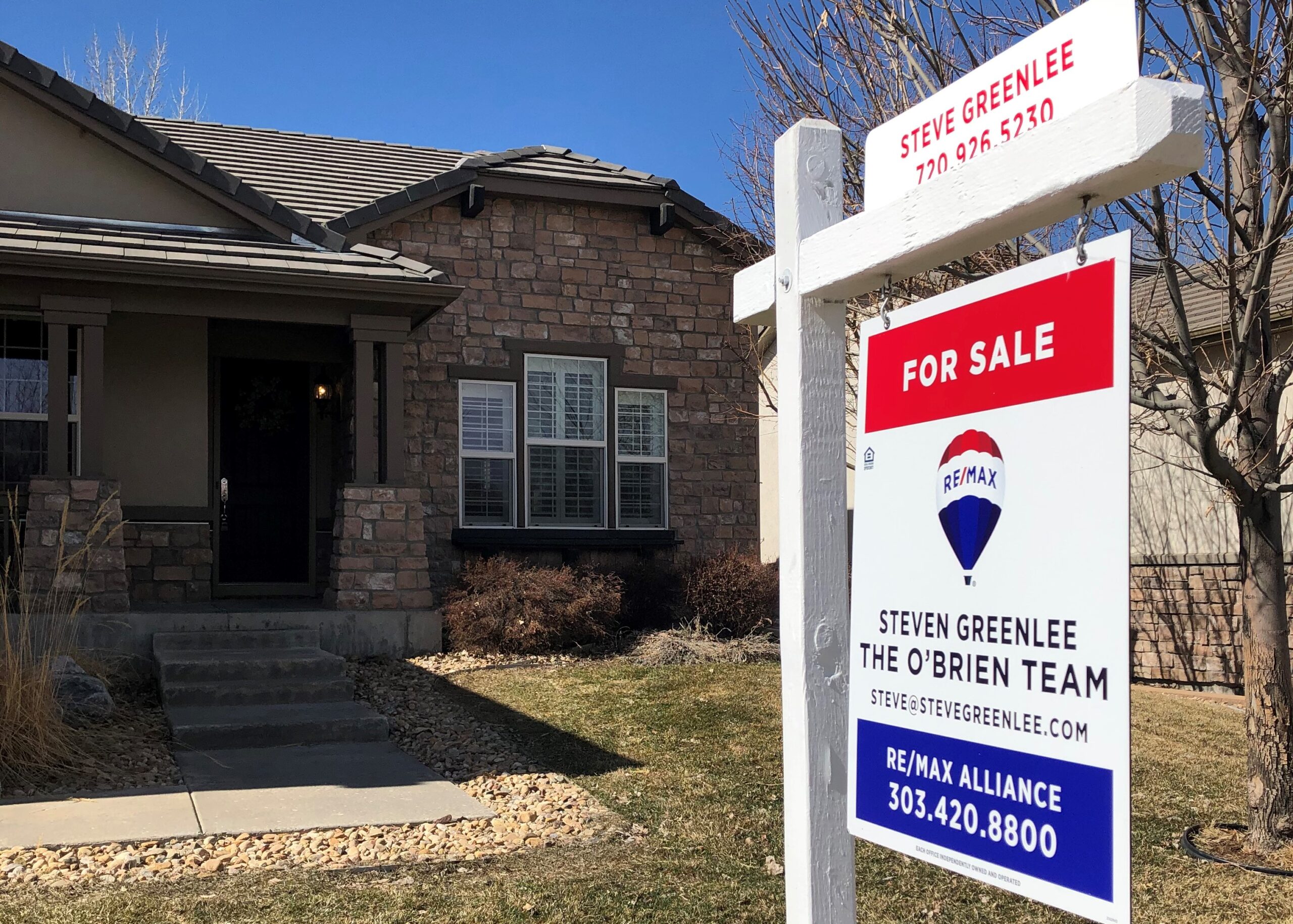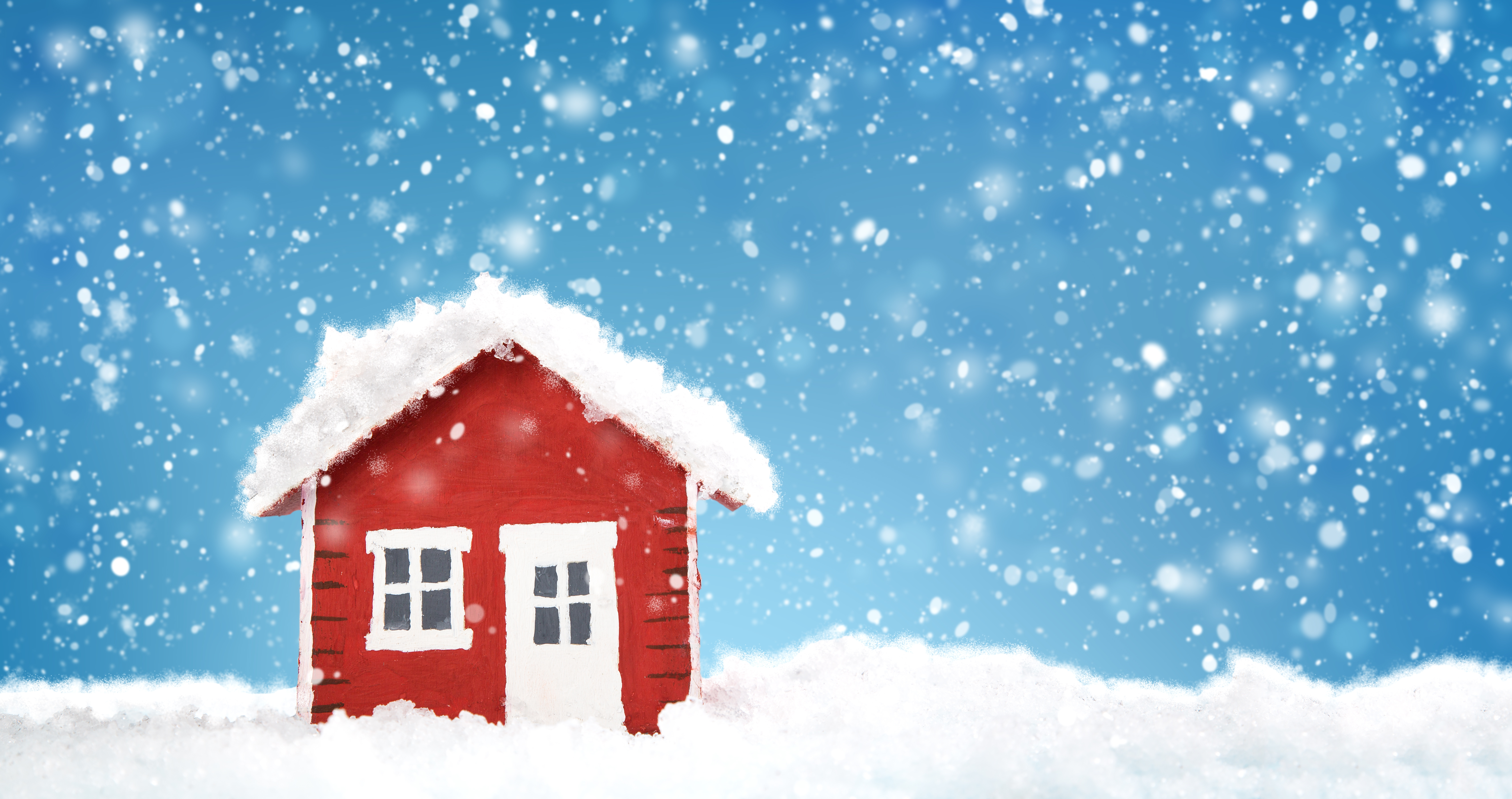
It’s Fall! Time To Winterize Your Home 2021
Well friends, here we are in the beginning of October, and you know what that means: Old-Man Winter is lurking just around the corner. And you know what THAT means. Time to break out my handy-dandy home winterizing checklist to make sure your house is ready for Colorado’s snowy days and frigid nights.
The Farmer’s Almanac says we are in for a season of flip-flop conditions with notable polar coaster swings in temperatures” this winter, with wild swings in temperature and weather. I don’t know about you, but in my 53 years or so living in the Rocky Mountain region (the past 28 here in Colorado, the other 25 in Wyoming), that would seem to be an accurate description of almost every winter.
But whatever the winter brings, we can all agree there are certain things we should do to get our homes ready for the inevitable cold and snow. So here’s my list of 10 home winterizing tasks you should think about completing this fall before temperatures plunge and snow flies.
Install, Update, and Test Smoke and Carbon Monoxide Detectors
I’ve always been a rule-follower, and after I became a lawyer, I was jokingly referred to by family and friends as “Safety Steve.” I tend to follow directions (yeah, I’m the guy who will read the instructions and warnings that come with a garden hose or a hammer…), I tend to heed warning labels and signs, and I see everything as a liability (yeah, everything has the potential to cause you serious bodily harm). Honestly, I want people to be safe for a good reason: I saw a lot of cases in my legal career with some pretty tragic outcomes—all due to people failing to act in a safe, reasonable, and prudent manner.
So, I take safety seriously and when it comes to keeping your family safe in the winter from fire and carbon monoxide poisoning, so should you.
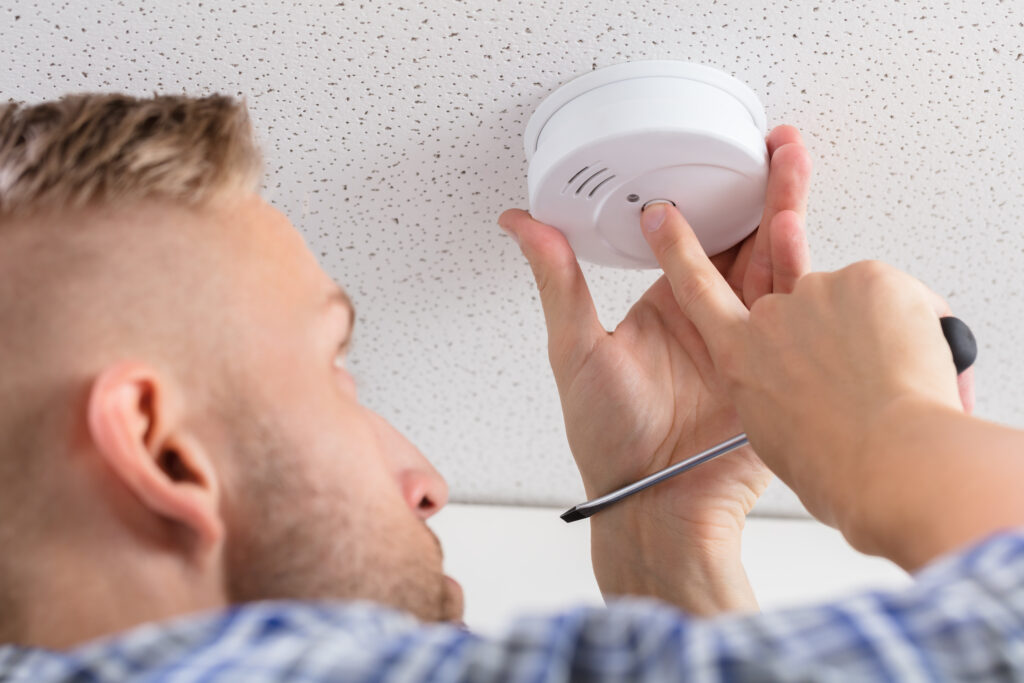
According to the American Red Cross, house fires “generally increase during the fall and winter, with December and January being the peak months.” So, it’s essential you check your fire alarms to make sure they are not too old (they lose their effectiveness after about 10 years), are in good working order, and have a fresh battery. Test your alarms monthly!
Carbon monoxide (CO) is a tasteless, colorless, odorless gas that is known as the invisible killer. According to the Centers for Disease Control and Prevention (CDC), more than 400 Americans die from unintentional CO poisoning not linked to fires, more than 20,000 visit the emergency room, and more than 4,000 are hospitalized.
If you do not have carbon monoxide detectors in your home, get them immediately, preferably by replacing your old smoke detectors with combination smoke and CO detectors, or at the very least, installing plug in CO detectors. The CDC has substantial information about the dangers of CO and recommendations to help avoid CO poisoning.
CRITICAL BONUS SAFETY TIP: If you have sent your kid off to college, make sure that wherever they are living (dorm, apartment, house), they have CO detectors with them and installed. I have a friend whose daughter and roommates were saved from tragedy by a CO alarm.
Clean Out Gutters
I live in a house now that has a huge locust tree looming above it. This tree is a hot mess: leaves and seed pods and branches and bark and all kinds of other stuff fall from it pretty much all year round. A substantial amount of it of course ends up in the roof gutters. (Remind me to install gutter covers…)
The major problem with all that debris is that it will block the water draining from the roof, causing the water to spill off to the ground below, or causing ice-dams.
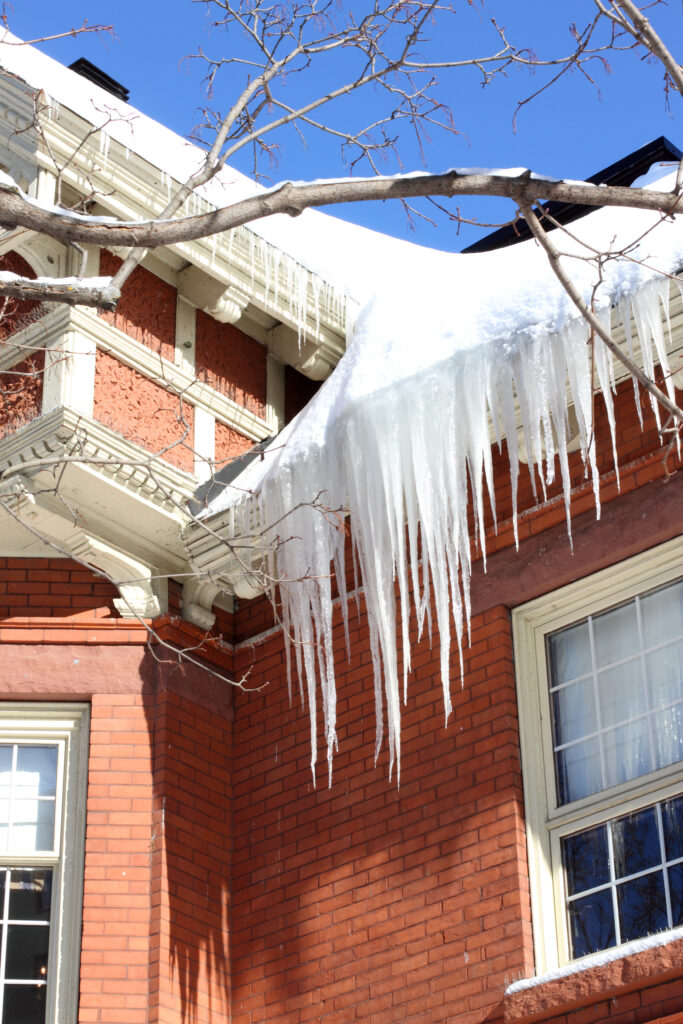
From a safety standpoint, water spilling over the gutters and onto on the ground will freeze and turn your walkways and porches and decks into dangerous skating rinks. (I once took a scary spill on a slippery front porch step as the result of an ice dam, requiring a trip to the emergency room…) Ice dams can also cause dangerous icicles to form that can fall and seriously injure unsuspecting people or pets below (or cause serious damage to property, like that nice new car you parked in the driveway).
Ice dams can also cause damage to the roof and the inside of your home if not taken care of. See this article for more information. Bottom line: fix those ice dams!
Finally, don’t forget to make sure your downspouts are actually down and directing water away from your foundation.
Check and Repair Drainage Problems
Speaking of your foundation, when was the last time you checked to see if water around your home is draining away from your home? Negative drainage can lead to water pooling against your foundation, which as you might imagine is not a good thing. Inspect the perimeter of your house and if the ground is sloping toward your foundation, you should re-grade it. You don’t want all that winter snow melting and running toward your house.
If you have a sump pump, don’t forget to inspect the pump to make sure it is working. Pour a couple gallons of water into the sump (the hole/basin/pit) to make sure the pump turns on and effectively drains the water out of the hole. Outside, make sure the sump pump drainpipe carries the water away from the foundation.
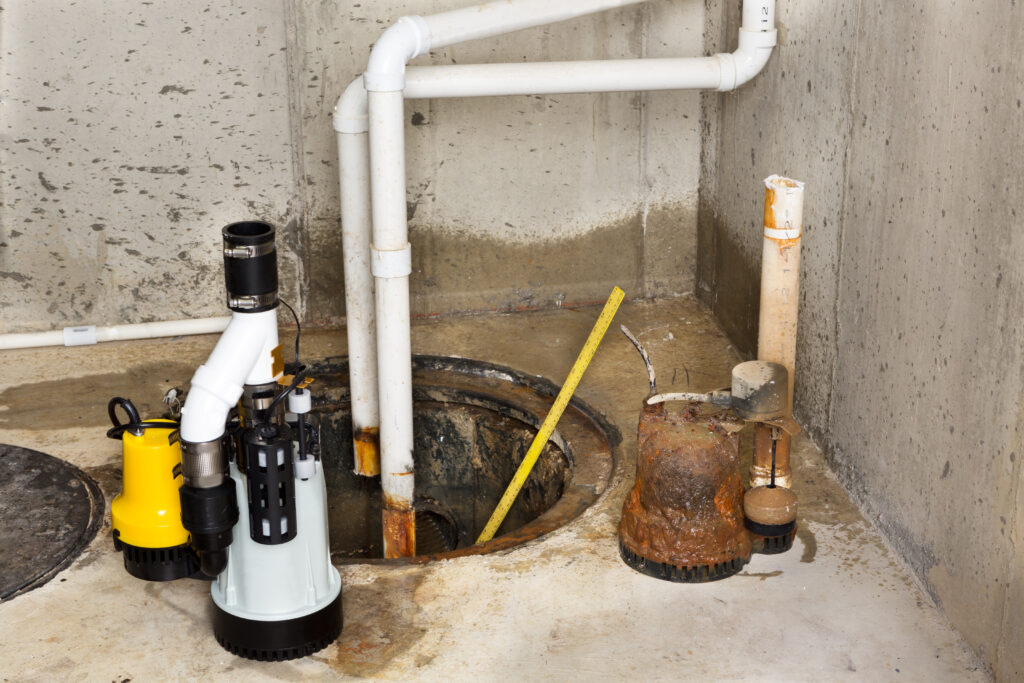
Caulk, Seal, and Paint
Winter’s wet, icy weather can wreak havoc on your home if your windows and doors and siding are not properly maintained. Inspect your home for cracks and gaps in door and window frames, flashing, and other transition points. Caulk and seal where needed to prevent water from seeping in behind surfaces where the water can freeze and cause damage. Paint exposed wood or metal to protect against the elements.
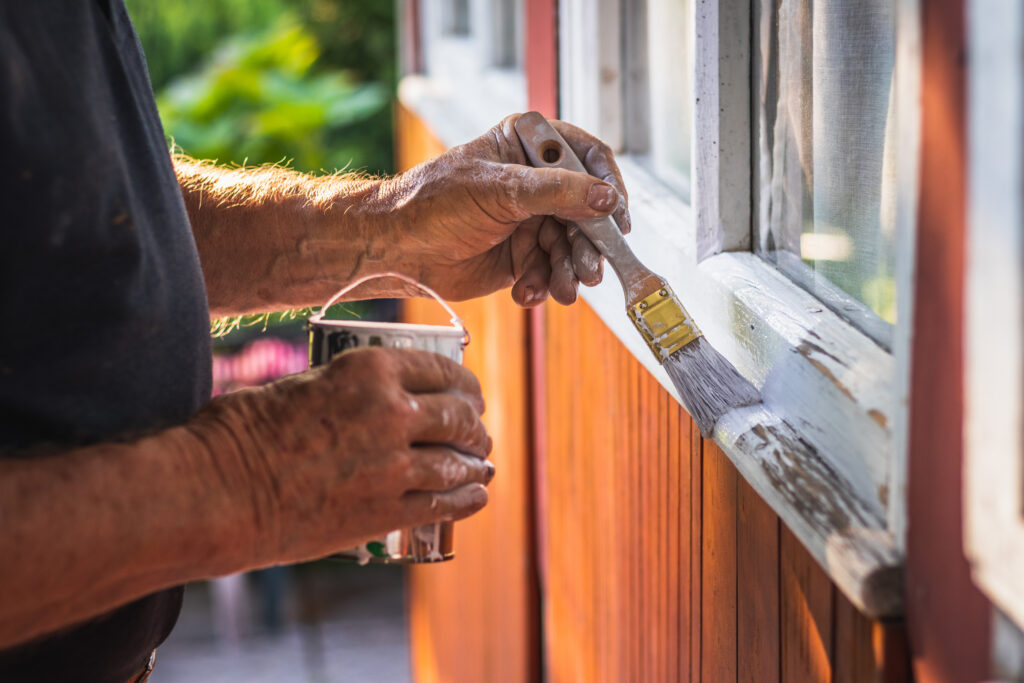
Also check the weather stripping on the door and window frames to make sure it provides a tight seal. Replace as necessary. And if you are interested, here’s an interesting article from the Healthy House Institute regarding “tight construction” and the debate on whether a tightly sealed house is a healthy house.
Seal Concrete Cracks
They say you can’t pour a concrete slab in Colorado and not expect it to crack. I tend to believe that, as I don’t think I’ve ever seen a patio or walkway or driveway or garage floor in Colorado that doesn’t have some sort of crack in it. Spend some time before the snow flies sealing any cracks in your concrete. This will prevent water from freezing and expanding inside the cracks.
If you notice spalling (flaking and chipping of the top of the concrete), patch the areas with a good resurfacer. You should also think about sealing your concrete surfaces with an acrylic sealer.
Have Furnace Inspected and Tuned Up
The last thing anyone wants to happen when its -10 degrees outside is to have their furnace go kaput, requiring an emergency call to an HVAC repairperson. Do yourself and your family a favor and have your furnace inspected and tuned up now. Not only will this help make sure it will make it through the winter without problems, but it will help the furnace operate more efficiently, saving you money.
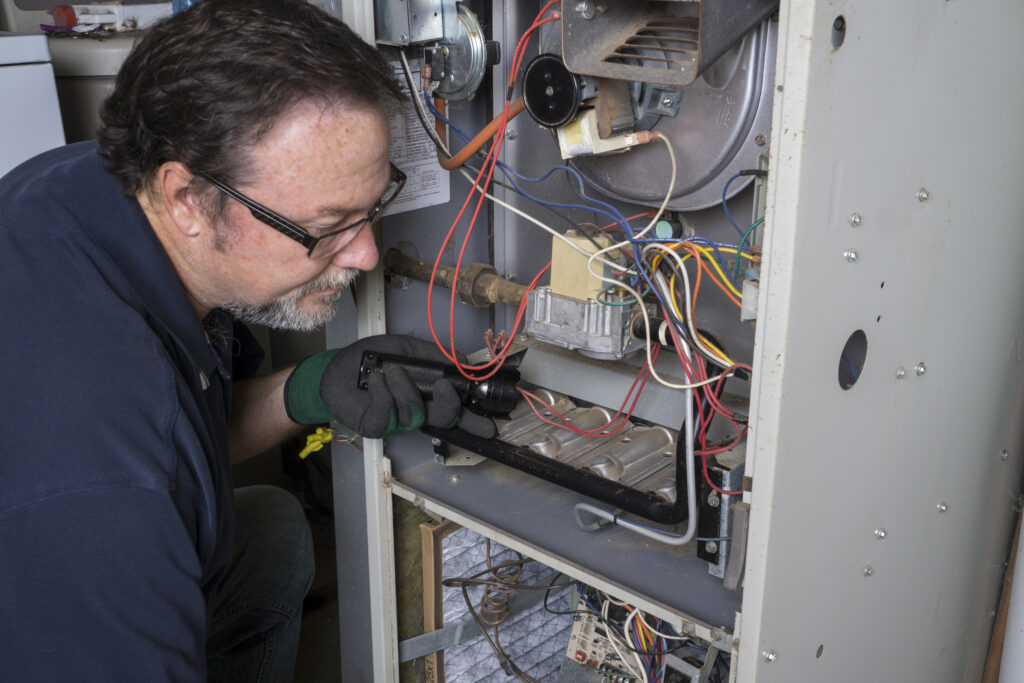
And if you have a wood burning fireplace or a wood stove, why not call in a chimney sweep? Cleaning and maintenance of your wood burning fireplace or stove will help prevent fires, increase the efficiency of your fireplace, help prevent pollution, and can save lives.
Remove Hoses From Spigots
Don’t forget to remove your hoses from the spigots (hose bibs) before the temperatures drop below freezing!
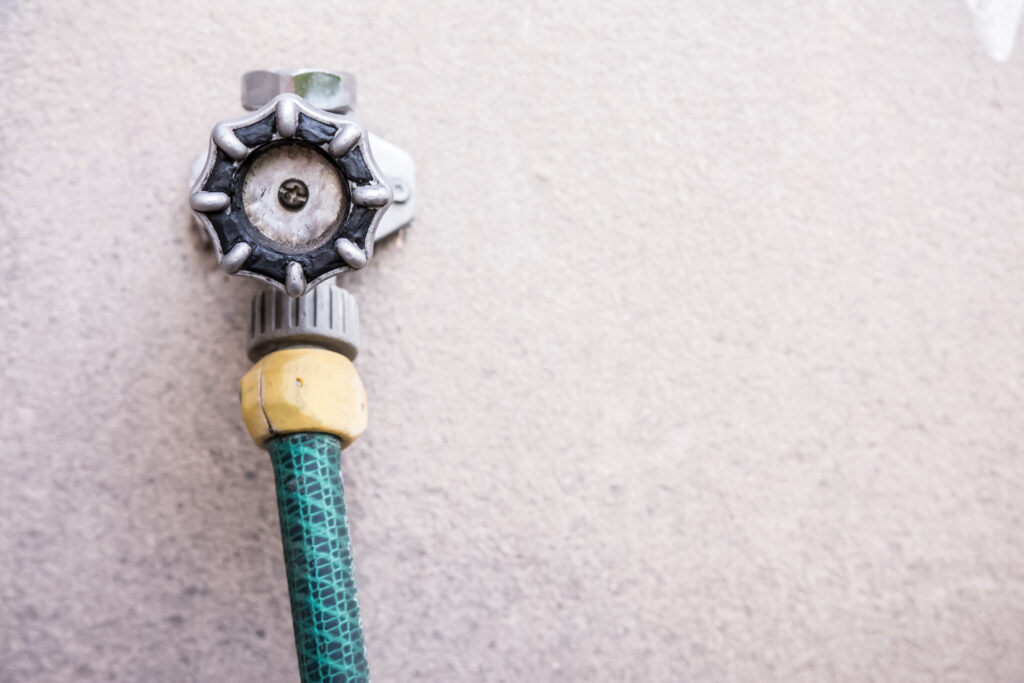
Forgetting to unhook your hose can lead to the unfortunate circumstance of water freezing inside the spigot and into the line inside your home. As you might expect, the ice will expand, the water line will rupture, leaving you with a disastrous and expensive flood inside your home.
Remember: once you remove the hoses, drain as much water as you can from them, roll them up, and store them away to protect them from damage caused by frigid winter temperatures.
Blow Out Sprinkler System
If you (or your neighbor) don’t happen to have a good air compressor to do the job, you won’t really have a hard time finding companies around the Denver area who will blow out your sprinkler system. Find one, get on their schedule, and get it done before the first hard freeze. Freezing water in a sprinkler system can cause serious damage to the underground lines, valves, backflow preventer, etc. You don’t want that headache (and expense) come springtime.
BONUS TIP: How long should you leave your grass for its final mow in the fall? About 2 ½ inches is about right, say the experts. Any longer, the grass can mat under snowfall, inviting snow mold and other fungus to grow in the spring. Remember to gradually shorten the grass length rather than cutting off too much at one time. Don’t cut more than 1/3 of the grass height at any one time. Show your grass some love in the fall and it will come back happy and healthy in the spring.
Protect Patio Furniture
Colorado winters can be hard on your outdoor furniture. Wide temperature swings, freeze/thaw cycles, and damaging rays of the sun can quickly deteriorate surfaces, fade colors, stress seams, and crack paint, so by the time spring rolls around, your furniture and cushions will be begging for mercy.
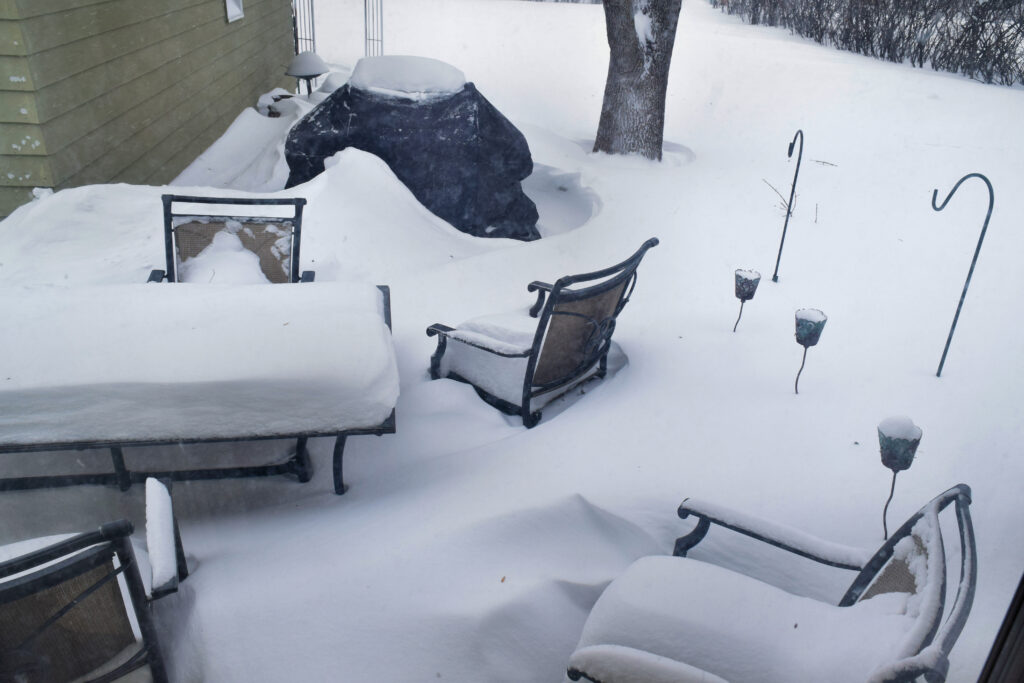
Store your cushions inside or, if you are tight on space, invest in waterproof outdoor furniture covers. And don’t forget to protect your grill, too (but leave it accessible for those 70-degree days in February…)
Find Shovels and Ice-Melt and Tune Up The Snowblower
When that first winter storm hits, you don’t want to be digging around in your garage looking for shovels and ice-melt. Get all your snow removal implements ready to use now. Rummaging around your cold garage looking for a snow shovel and ice-melt is not a fun way to spend your morning before heading to work.
BONUS TIP: Make sure your snow boots are inside and not sitting in some random plastic bin in the cold garage…
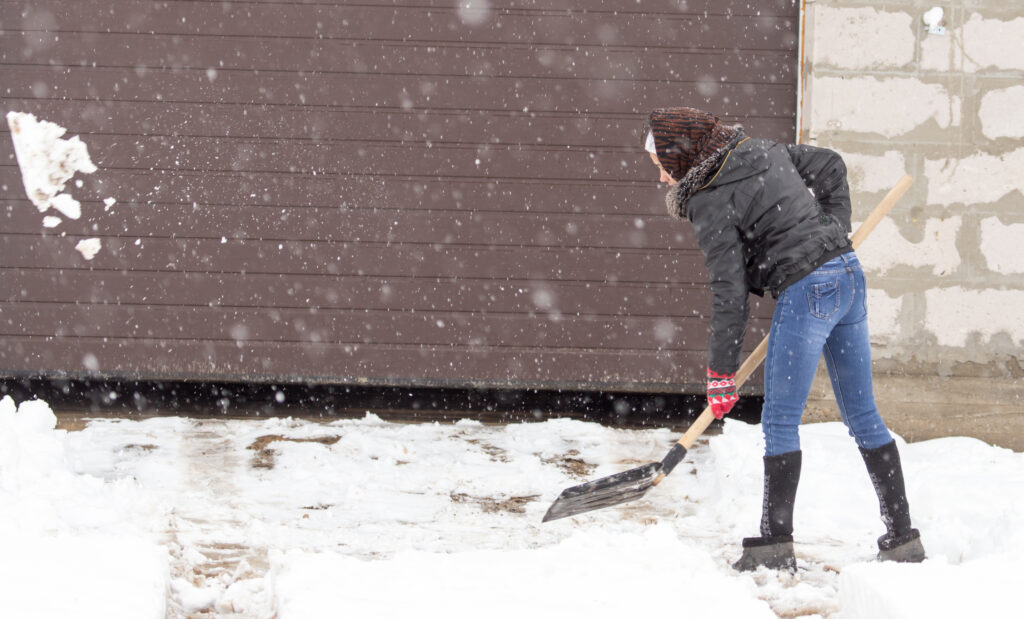
If you use a snowblower, get it tuned up, fill it with fresh gasoline, and place it in an accessible garage location.
Now that you are ready for winter, bring on the snow!





